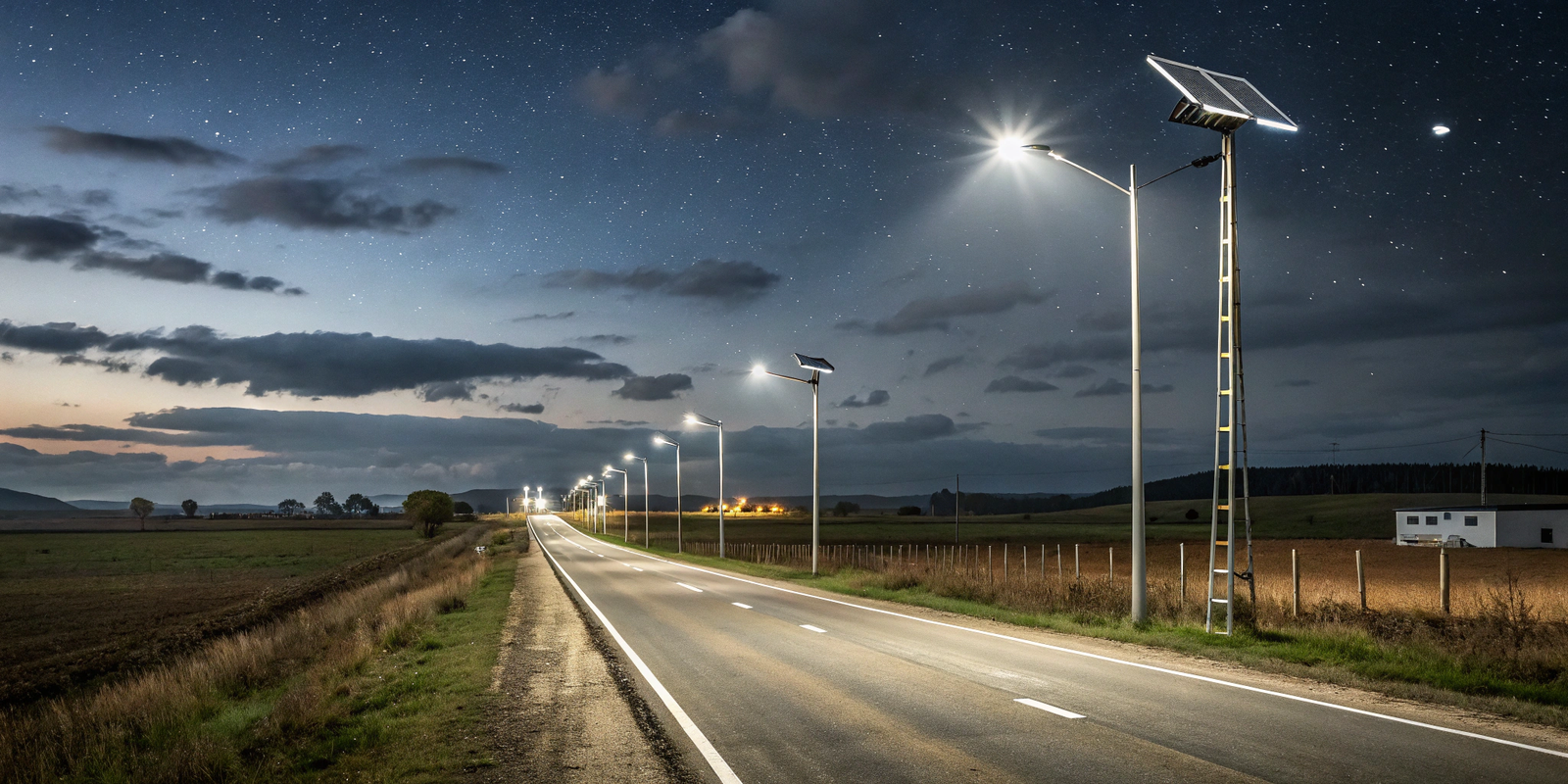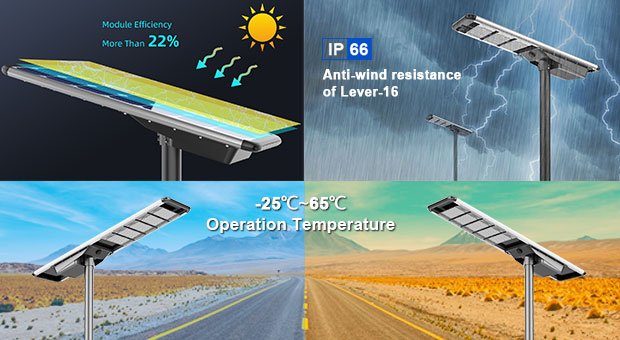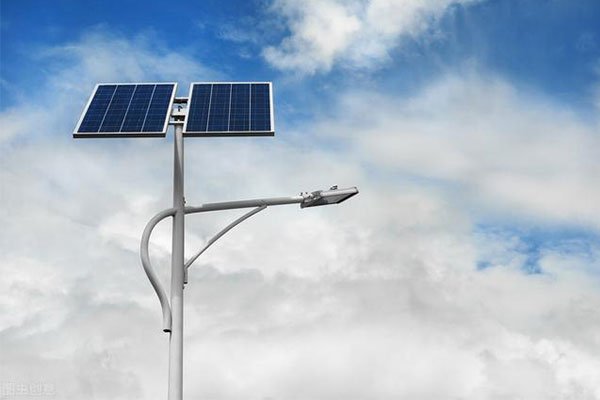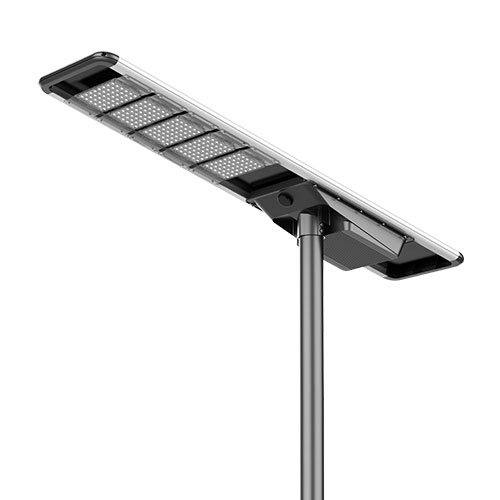Street lighting is an essential part of urban infrastructure, ensuring visibility, safety, and security. However, traditional street lights rely on power grids, leading to high energy costs and maintenance burdens.
Solar street lights provide a cost-effective, eco-friendly alternative to traditional lighting. By leveraging solar energy, these systems offer energy savings, sustainability, and reduced maintenance costs.
To maximize efficiency, several factors—such as installation, weather conditions, battery performance, and maintenance—must be considered during the construction of solar street lights.
Understanding Solar Street Lighting Systems
1. What Are Solar Street Lights?
Solar street lights utilize photovoltaic panels to convert sunlight into electricity, providing autonomous street lighting.
Unlike traditional street lights, solar-powered systems operate independently from the power grid, reducing electricity costs, eliminating the need for underground cables, and improving environmental sustainability.
Key Features:
- Off-grid operation – No dependency on power grids.
- Eco-friendly – Reduces carbon footprint and energy consumption.
- Easy installation – No trenching or wiring required.
- Low maintenance – Long-lasting LEDs and durable battery systems.
2. Why Upgrade to Solar Street Lights?
Upgrading from traditional sodium or halide street lights to solar-powered LED lighting has multiple advantages.
Solar LED street lights provide energy efficiency, longer lifespan, smart control features, and adaptability for various urban and rural applications.
| Feature | Traditional Sodium Lamps | Solar LED Street Lights |
|---|---|---|
| Energy Consumption | High | Low (solar-powered) |
| Lifespan | ~2,500 hours | ~50,000+ hours |
| Installation | Requires underground wiring | Standalone, no cables |
| Smart Control | Limited dimming options | IoT-enabled remote control |
| Adaptability | Urban roads only | Highways, parks, residential areas |
Smart Control Benefits:
- Remote brightness adjustment via IoT systems.
- Motion sensors to optimize energy usage.
- Automated dimming based on time and weather conditions.
Key Considerations for Solar Street Light Renovation
1. Proper Installation for Maximum Solar Efficiency
One of the most critical aspects of solar street light performance is proper installation.
Solar panels must receive maximum sunlight exposure, avoiding obstructions from trees or buildings, and positioned correctly based on location.

Best Practices for Solar Panel Orientation:
- Northern Hemisphere: Panels should face south.
- Southern Hemisphere: Panels should face north.
- Avoid shading: Even partial shading significantly reduces energy generation.
2. Weather and Battery Performance
Cloudy and rainy days impact the efficiency of solar charging, requiring proper battery management.
Larger battery capacity ensures extended lighting during low-sunlight conditions, preventing outages.
Battery Selection:
- Lithium-ion batteries: Longer lifespan, higher efficiency.
- Lead-acid batteries: Cost-effective but require more maintenance.
- Battery capacity: Must support at least 2-3 cloudy days to ensure uninterrupted lighting.
| Factor | Lithium-ion | Lead-acid |
|---|---|---|
| Lifespan | 5-10 years | 3-5 years |
| Efficiency | High (~90%) | Medium (~70%) |
| Weight | Lightweight | Heavy |
| Maintenance | Low | Moderate |
3. Brightness and Smart Control Features
Lighting requirements vary based on location. Smart control technology can enhance efficiency by adjusting brightness levels dynamically.
Urban roads require higher brightness, while parks and residential areas can utilize dimming to conserve energy.
Features of Smart Solar Street Lights:
- IoT-enabled remote monitoring for real-time control.
- Dimming schedule settings to reduce unnecessary energy consumption.
- Motion sensors to increase brightness when movement is detected.
4. Choosing the Right Light Pole Height
The height of the street light pole plays a significant role in light distribution and efficiency.
Choosing the correct height based on location and lighting needs ensures optimal illumination while balancing cost and performance.
| Location Type | Recommended Pole Height |
|---|---|
| Highways | 8-10 meters |
| Main Urban Roads | 6-8 meters |
| Residential Streets | 4-6 meters |
| Parks & Walkways | 3-4 meters |
- Taller poles provide better coverage but increase material and installation costs.
- Shorter poles are suitable for smaller areas but may require more units for even lighting.
Design, Maintenance, and Upgrades for Solar Street Lighting Systems
1. Key Design Factors
When designing a solar street lighting system, the following factors must be considered:
- Power Capacity: LED wattage should match road size and brightness requirements.
- Battery Life & Type: Selection impacts efficiency and lifespan.
- Controller Selection: Smart controllers enable scheduling, dimming, and remote monitoring.
| Component | Design Consideration |
|---|---|
| Solar Panel | Choose based on sunlight availability and power needs. |
| Battery | Select capacity for at least 2-3 days of backup power. |
| LED Wattage | Adjust for desired brightness levels and energy efficiency. |
2. Maintenance Best Practices
Routine maintenance ensures maximum efficiency and longevity of solar street lights.

Key Maintenance Tasks:
- Cleaning: Remove dust and debris from solar panels every 2-3 months.
- Battery Inspection: Check charge levels, voltage, and replace aging batteries.
- LED & Panel Check: Ensure no damage, corrosion, or performance loss.
| Maintenance Task | Frequency |
|---|---|
| Solar panel cleaning | Every 2-3 months |
| Battery inspection | Every 6 months |
| LED & wiring check | Annually |
| Smart controller update | As needed |
3. Future Upgrades & Smart City Integration
As cities transition to smart infrastructure, integrating advanced solar street lighting systems offers long-term benefits.
Smart Lighting Upgrades:
- IoT-based monitoring systems track power usage and automate brightness adjustments.
- Motion-sensor integration ensures lights brighten only when needed.
- Hybrid solar-grid systems provide backup power in case of extreme weather.
| Feature | Benefit |
|---|---|
| IoT Connectivity | Real-time monitoring and automation |
| Motion Sensors | Optimized energy savings |
| Hybrid Power | Continuous lighting during bad weather |
Conclusion: Building Sustainable Municipal Lighting Systems
Solar street lights provide a long-term solution for sustainable urban lighting by reducing energy costs, minimizing maintenance, and improving public safety.
By implementing proper design, installation, and maintenance strategies, cities can maximize the benefits of solar-powered street lighting and integrate them into smart city infrastructure.







